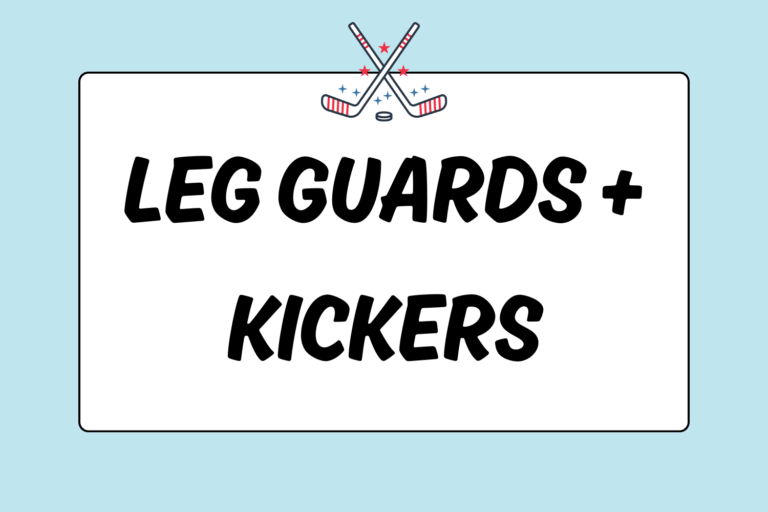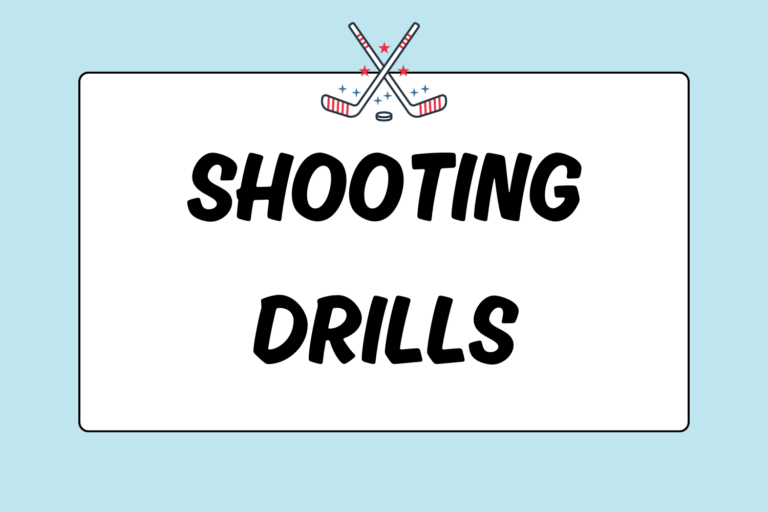Weaving is a strategy used to provide constant support between teammates anywhere on the field. So whether you are on the forward, midfield, or defensive line, weaving can help you defend and move the ball forward.
Being able to use the defensive weave on the forward line will open up a ton of opportunities as regaining the ball will become easier. Likewise, using the offensive weave on the defensive line will make it easier to progress the ball up the field. Needless to say, if you can build a strong offensive team that knows to how defend and have a defense that knows how to move the ball forward, your team will be unstoppable!
Defensive Weave
The defensive weave is a system of constant support from one player to another — a perpetual back up system. When one defender faces an opponent, another defender will drop back behind her as support. If the first defender gets beat, she’ll hustle back to become the new backup. If you are always weaving, your position will never be compromised.
So, if an opposing player is coming towards your zone, follow these steps to complete a defensive weave:
- The right or left defender will channel the opponent to the sideline.
- As the defender channels the player to the outside, the center defender will support her by running ahead and approaching the opponent from the front.
- When the center defender picks up the opponent, the right or left wing (whoever was channeling her) will drop back to cover the center defender’s position.
Forward & Midfield Weave
This weave is useful if anyone on the offensive line loses possession of the ball. With the help of another offensive player (a forward or midfielder), the two can channel whoever stole the ball and try to regain possession. By cutting off every passing option their opponent has, they’ll work to pressure her into giving up the ball altogether.
- A forward will channel the opponent down the side line.
- The forward’s midfielder will run ahead and get into position to pick up the opponent from the front (ahead of her).
- By doing this, the forward and midfielder are able to double-team the opponent and cut off all of her forward and center passing options.
The two players will give her only one place to go: Backwards. If your opponent has to pass backwards, you have defended successfully. By being able to regain the ball every time you lose possession, you will keep the ball in your offensive zone and away from your goal.
Offensive Weave
The offensive weave is simpler than the defensive weave. Rather than dropping back to help defend, a partner pushes forward to open up passing options. For example, if the right forward has possession of the ball, either the right midfielder or center forward will cut in front of her to open up a forward passing option.
Rotations
Defensively, the weave works best by supporting your teammate from behind, in case her opponent beats her. The offense uses the same idea of support, but weaves in front to give her teammate forward passing options.
For both styles, there should be a constant rotation between the position players on the field. The idea is to always pick up vacated positions. If a player on your team leaves her position, the player next to her or behind her needs to fill that spot.
However, you don’t always have to push forward; you can also drop back. For example, if you are playing right forward and the right midfielder dribbles into your position, you can either drop back to support her (assuming the right midfielder’s position) or cut to the goal to give her a forward passing option.
Overlapping is Key
The weave is completely situational, but the concept is the same no matter where you are on the field. So whether you are on the offensive line or the defensive line, always support your teammates by moving together and picking each other up. You are allowed to overlap each other and switch positions, but make sure you are communicating a good time to switch back.
Think of your team as a unit. If one of the pieces is missing, it could all fall apart. By merely switching the pieces, you are able to keep a strong, supportive structure.





